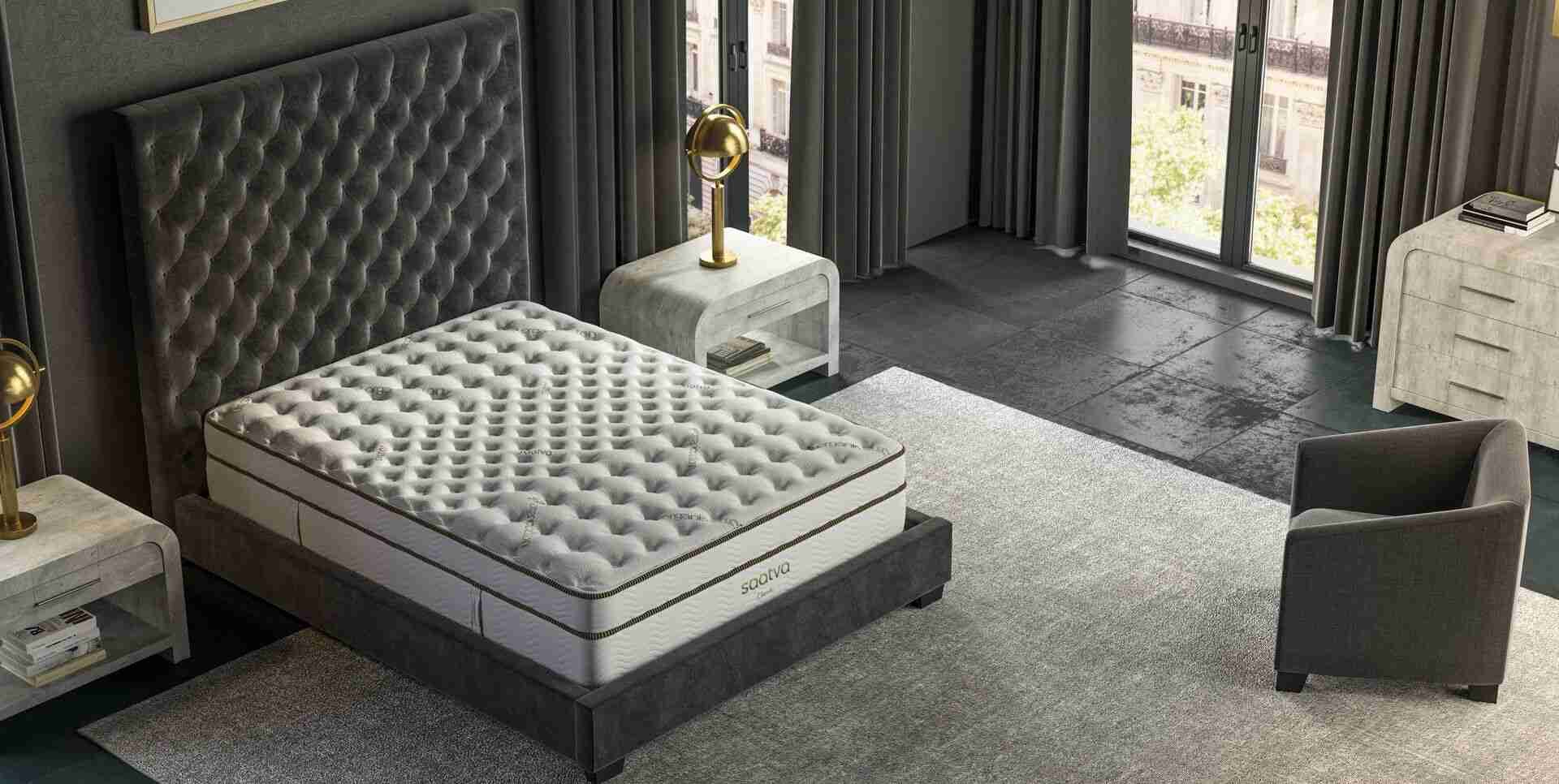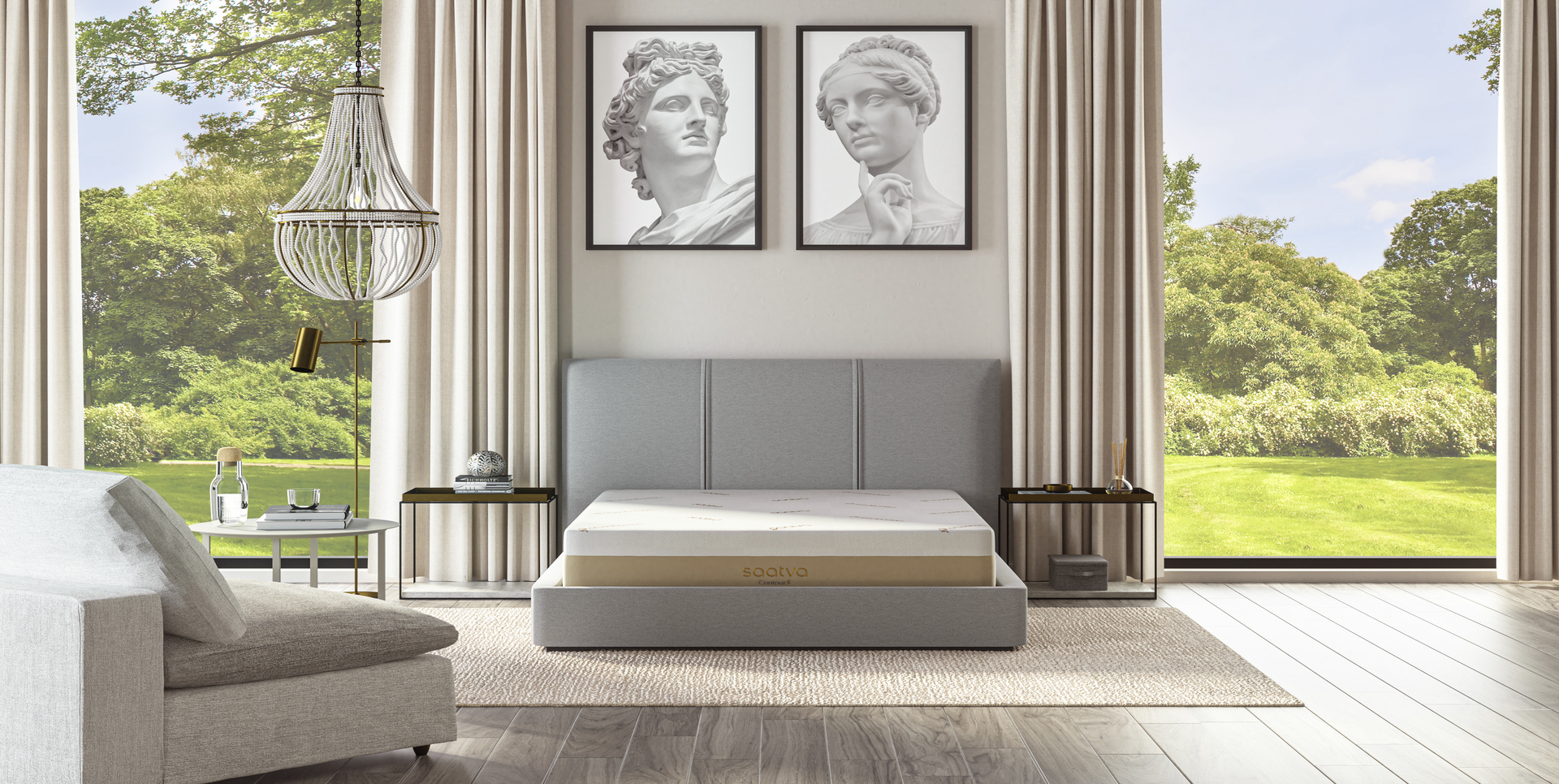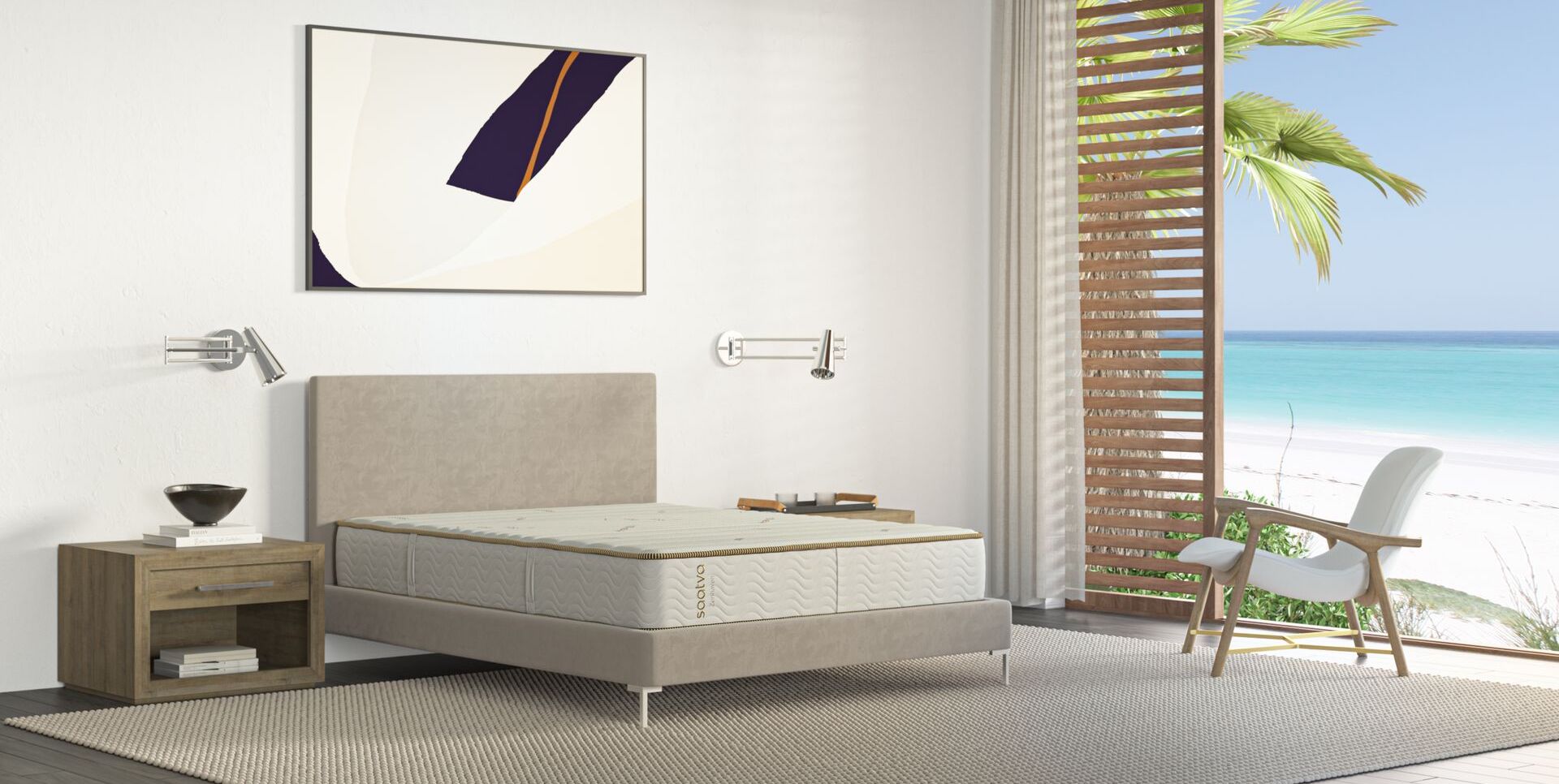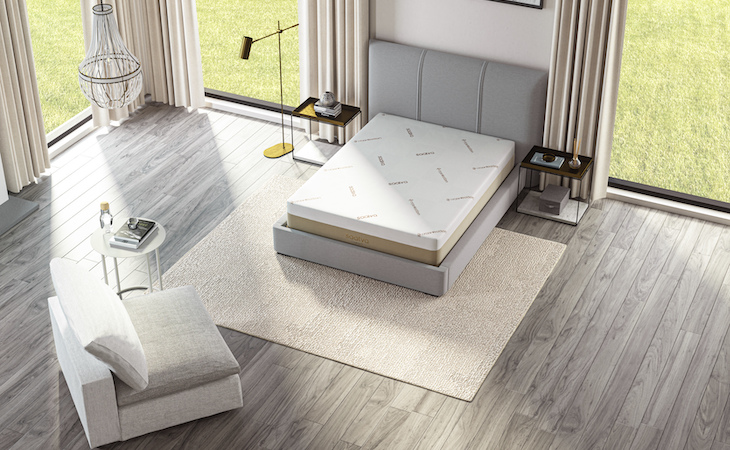This year’s grads may be known as Generation Z, but that doesn’t mean they’re getting enough Z’s. Between couch-surfing, job-searching, and fighting the urge to move back home, Gen Zers are arguably more sleep-deprived than their elders.
If you too are going forth into the world—and buying a real mattress—for the first time, find one that delivers comfort, support, and companionship when you need it. BTW, you’re not alone if you don’t know where to begin: A quarter of first-time mattress buyers have no idea what type or brand of mattress they’re sleeping on now, according to research from the Better Sleep Council, a trade group, and more than three-quarters haven’t a clue about what a good queen- or king-size mattress costs.
Tips for buying your first mattress
While our expert tips can’t vanquish all your post-grad worries, they can help you get a solid eight hours before tackling your next life challenge. Here’s what to consider when shopping for your first mattress as an adult.
Consider your sleep position
Do you sleep on your side, back, or stomach? Your preferred sleep position should inform your decision.
Back sleepers do best on a medium-firm mattress as this will provide the right amount of comfort and support for your spine. Side sleepers should choose a slightly softer mattress that cushions their hips and shoulders, while stomach sleepers will get the most support out of a firm mattress. (Here’s how to find the best mattress for your age.)
Research mattress materials
Do you like the feeling of sinking in or floating on top? The right type of mattress for you will depend on your answer to that question.
Innerspring mattresses suit a wide range of sleep styles and feel bouncy. Their springiness makes it easy to get in and out of bed—and they’re also thought of as the best type of mattress to get busy on. Memory foam mattresses, meanwhile, conform to your body so you feel like you’re sinking in. They’re great at relieving joint pain, providing spinal support, and minimizing motion transfer—but they often “sleep hot.” Latex mattresses offer a good in-between, providing soft support without the feeling of being trapped. (People often describe the feeling of lying on a latex mattress as “floating” on top of the mattress.).
Related: Innerspring, memory foam, latex: What type of mattress is best?
Choose the right size
Avoid novice-buyer’s remorse by making sure your new bed can fit through doorways, around corners, up narrow stairs, and into its parking space. If corners are tight, and your heart is set on a king size, shop for a bed with “split” elements, including a mattress comprising two parts.
Think of your new mattress as an investment
“Sufficient sleep can give you the competitive edge,” says Terry Cralle, RN, certified clinical sleep educator—and a good mattress can ensure you get the sleep you need to perform your best at work, and in life.
The thing is, not all mattresses are the same level of quality. Keith Cushner, co-founder of Tuck, points out that light foam mattresses that can be compressed into a box and shipped via UPS wear out faster than other mattresses. So although mattresses in this category may seem like a steal, you’ll likely have to replace your bed more frequently. (And that means you’ll have to shell out more over time.)
A high-quality queen-size mattress, on the other hand, will set you back roughly $1,100 upfront, but that works out to only five cents an hour—if you spend eight hours a night in bed for the next eight years (the average lifespan of a mattress).
Related: Buying a new mattress? Read this first
Exercise your right to return
Most mattresses are now sold with comfort guarantees that are good for up to 120 days. Read the fine print—returns may entail a handling fee—and don’t hesitate to request a different model if the one you bought isn’t working out. You are still finding yourself, after all.
For more advice on choosing a mattress, read 7 Steps to the Perfect Mattress.







